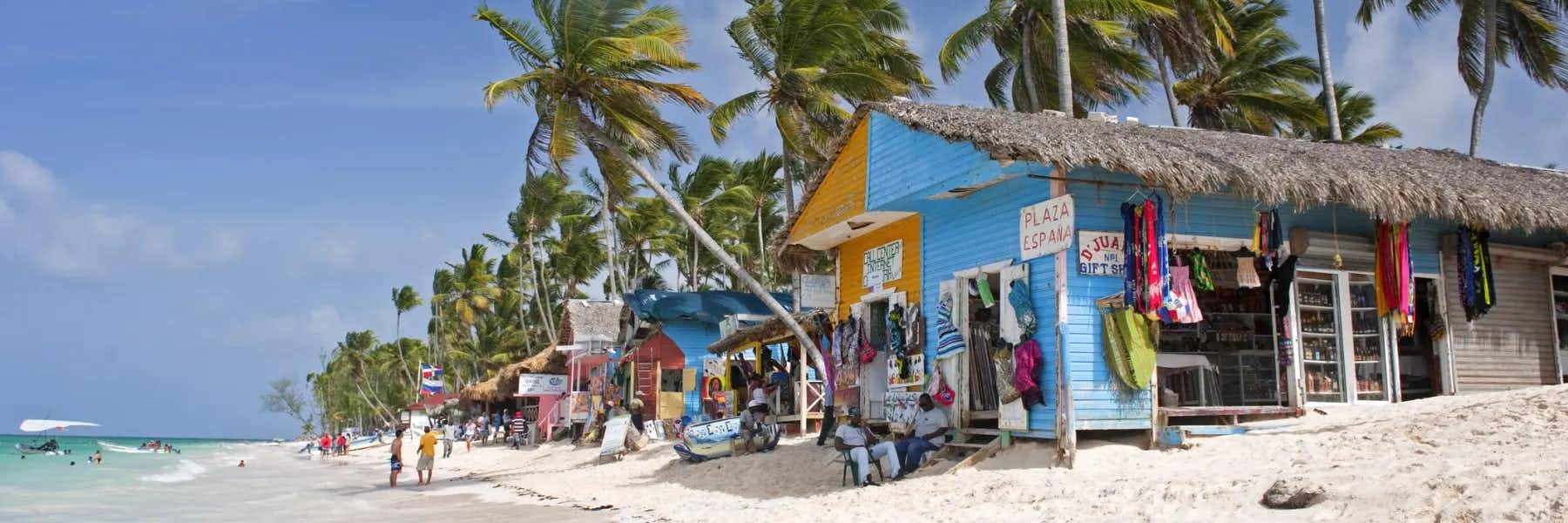The Dominican Republic has long been viewed primarily as an exporter of sugar, coffee, and tobacco, but in recent years the service sector has overtaken agriculture as the economy's largest employer, due to growth in telecommunications, tourism, and free trade zones.
The economy in the Dominican Republic is highly dependent upon the US, the destination for nearly 60% of exports. Remittances from the US amount to about a tenth of GDP, equivalent to almost half of exports and three-quarters of tourism receipts.
The country suffers from marked income inequality; the poorest half of the population receives less than one-fifth of GDP, while the richest 10% enjoys nearly 40% of GDP. High unemployment and underemployment remains an important long-term challenge.
The growth of the Dominican Republic's economy rebounded in 2010 from the global recession, and remains one of the fastest growing in the region.
Labor force: 4.93 million (2015 est.)
Labor force by occupation:
Agriculture: 14.4%
Industry: 20.8%
Services: 64.7% (2005)
Exports: $9.617 billion (2015 est.)
Export commodities: Ferronickel, sugar, gold, silver, coffee, cocoa, tobacco, meats, consumer and goods.
Imports: $15.26 billion (2015 est.)
Import commodities: foodstuffs, petroleum, cotton and fabrics, chemicals and pharmaceuticals.
Currency and exchange: Dominican pesos (DOP). $1 = 37.5 DOP (May 2011)
Source: CIA The World Factbook





